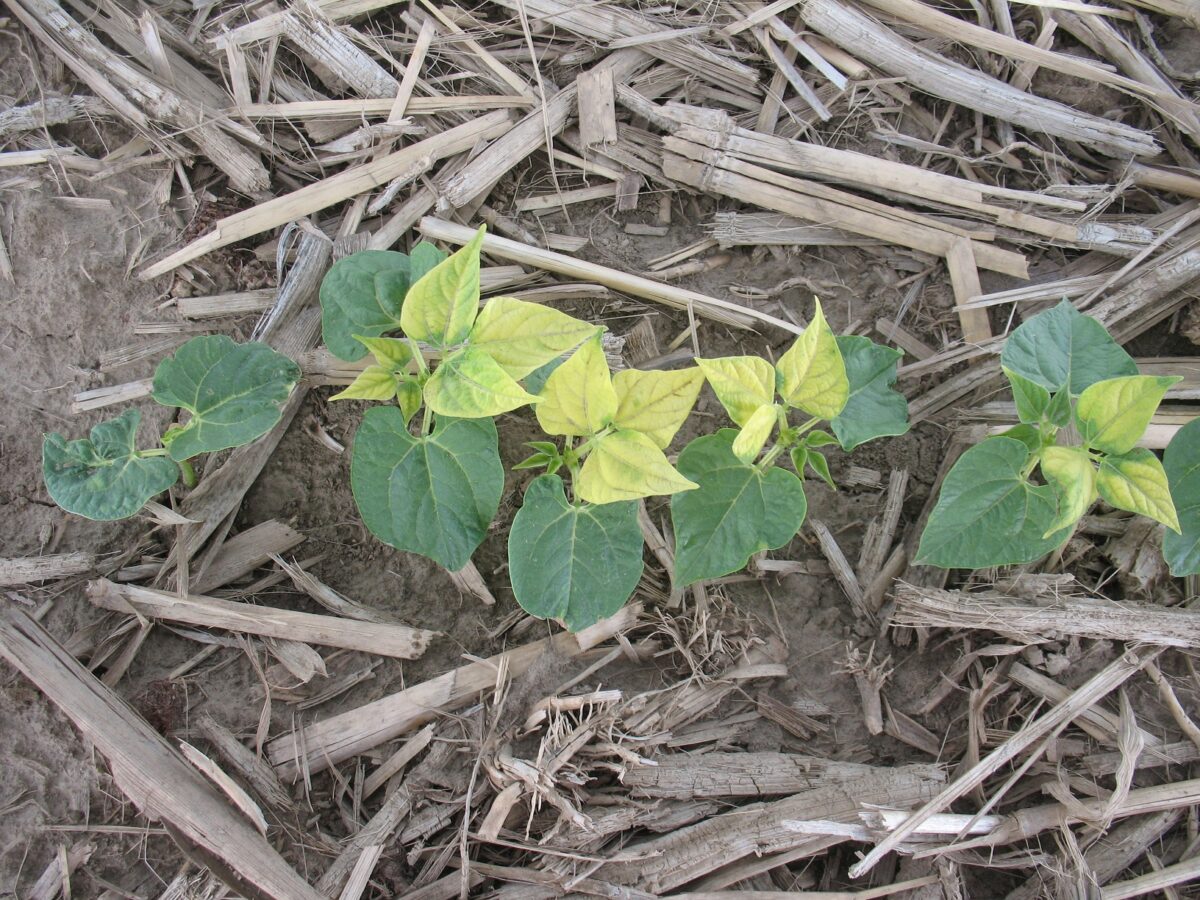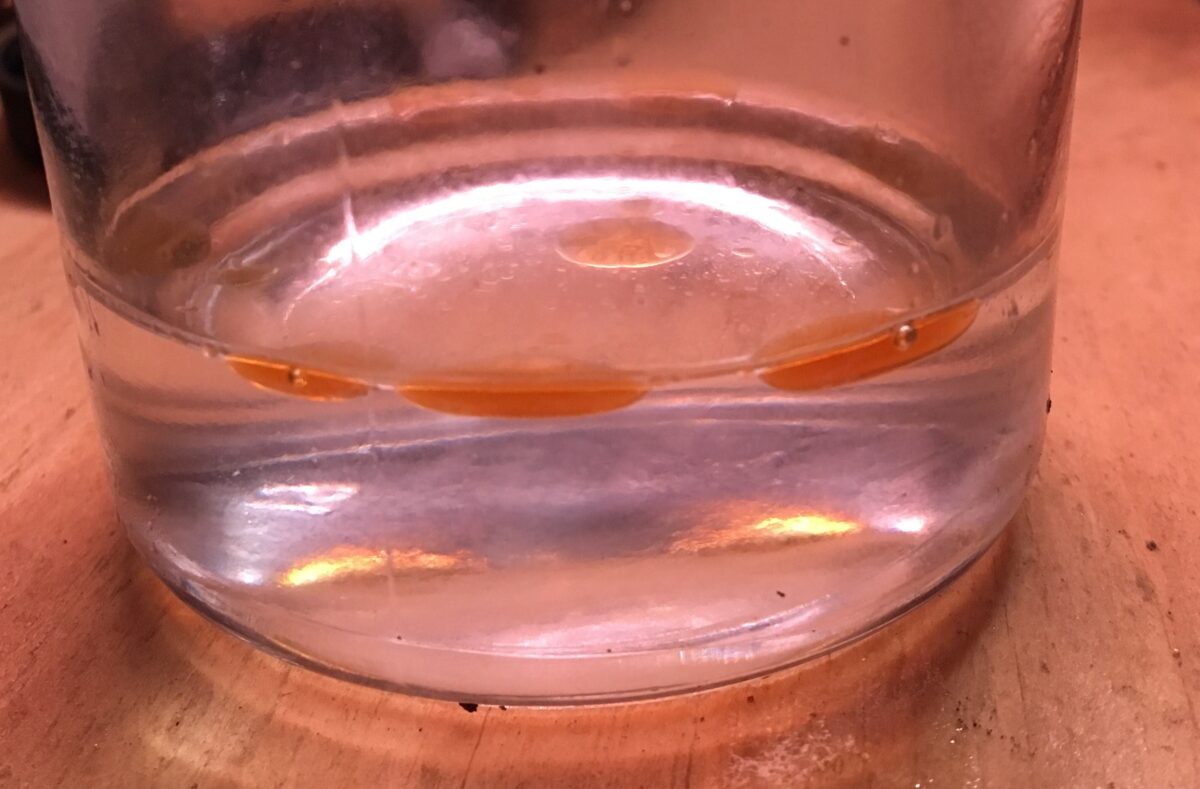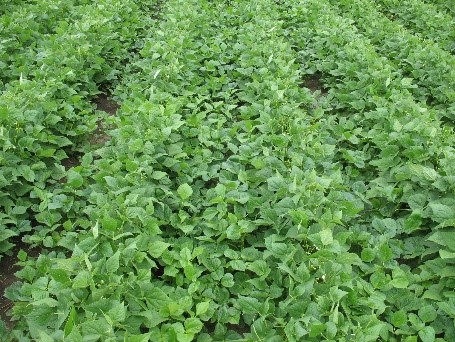Dry common bean does not have adequate tolerance to PP applications of Eragon, Sencor, Eragon plus Sencor, Broadstrike, FirstRate or Classic. Do not use these herbicides for control of GR Canada fleabane in dry bean.
2,4-D ester shows promise as a PP herbicide option for control of GR Canada fleabane in dry common bean but is not registered for use in dry beans.
Continue readingDry common bean tolerance to pre-plant herbicides for the control of glyphosate-resistant Canada fleabane
Category: Weed control
Azuki bean has fair to good tolerance to all treatments evaluated. Tankmixes with 2,4-D increased injury with the three-way tankmix resulting in the greatest injury. None of these products are registered for use in azuki bean.Continue readingAzuki Bean Tolerance to Pre-Plant Herbicides in Strip Till
Permit can safely be applied POST in dry common bean from the V1 to R1 crop growth stage at rates of 14 to 28 g/ac. Permit should not be applied POST in azuki bean, azuki are very susceptible to injury by Permit. Continue readingTolerance of dry beans to Permit applied at five post-emergence timings
PPI applications of Permit provide the greatest control of lambsquarters, pigweeds, and green smartweed followed by PRE and then POST. Permit should not be considered for control of lambsquarters using a POST application. Permit applied PPI provides greater control of velvetleaf than PRE applications.Continue readingWeed control with different application timings of Permit
Permit can safely be applied PPI, PRE or POST in dry common bean. Recent research suggests that soil applied applications of Permit can safely be used in azuki bean. Permit should not be applied POST in azuki bean. Continue readingTolerance of dry beans to soil and post-emergence applications of Permit
Weed control in dry beans can be a daunting task. Management decisions should be based on knowledge of weed pressure and weed species on a field specific basis. There is no one size fits all scenario with weed control in dry beans. The size of farm operations means there is a diverse mix of past…Continue readingPermit and grass herbicide tankmix partner comparison in white bean
By: Meghan Moran, Mike Cowbrough (OMAFRA) and Dr. Darren Robinson (University of Guelph-Ridgetown Campus) Group 27 herbicides, commonly referred to as “bleaching” herbicides inhibit an enzyme called HPPD (p-hydroxyphenyl pyruvate dioxygenase). Several herbicides containing Group 27 active ingredients are used pre-emergence or early post-emergence in corn. Dry beans are often grown after corn in rotation…Continue reading“Bleaching” Herbicide Carryover Injury in Dry Beans
Postemergence applications of Permit provide excellent control, reducing volunteer soybean plant density, plant biomass, dockage and protects yield of white beans.Continue readingVolunteer soybean control with Permit applied post-emergence in white beans
ATS as a Herbicide Carrier
Ontario producers who want to apply sulphur in dry beans have considered using ammonium thiosulphate (ATS) as a herbicide carrier. Jar tests are a good way to evaluate mixes before putting them in the spray tank. A jar was test conducted with ATS and Dual II Magnum. In the photo below, the jar on the…Continue readingATS as a Herbicide Carrier
Introduction Azuki beans have been grown in Ontario for over two decades with an estimated 20,000 acres being grown in 2020. Acreage has continued to climb as the profitability of growing azuki beans is very attractive to growers. A better understanding of agronomic practices to produce azuki beans has spurred on growth in this niche…Continue readingVolunteer azuki bean control with Permit herbicide applied post-emergence in white beans


